The Age of 16 Bit and Hexadecimal
Lab: Basics of Digitizing Data
Video Runtime: 15:15
Let’s talk about the age of 16-bit and new numbering system. We need to compute larger numbers. Working in binary and octal is mind-numbing. Bam, welcome the hexadecimal (or hex) notation, which you use every day for CSS color codes.
Your key takeaways in this episode are:
- Hexadecimal (hex) more condensed notation
- Allows up 16 digits: 0-9 + A-F
- One hex notation is the same as 4-bit groupings in binary
- Useful for larger numbers
- Color codes use hex
Study Notes
Remember: Larger numbers = more power
The process of converting binary to decimal takes a few steps. It is more difficult to look at the pattern of 1s and 0s and pull out the exact decimal equivalent.
Large Number Conversion
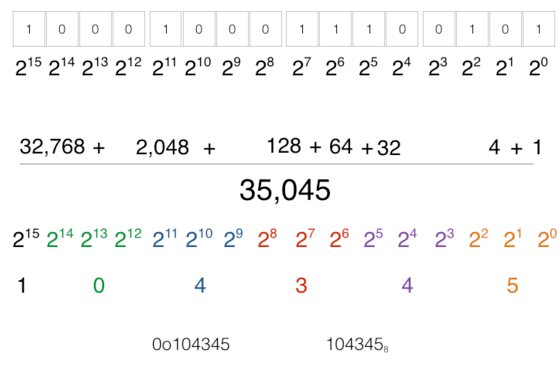
How can we simplify the representation?
New 16-bit Number System:
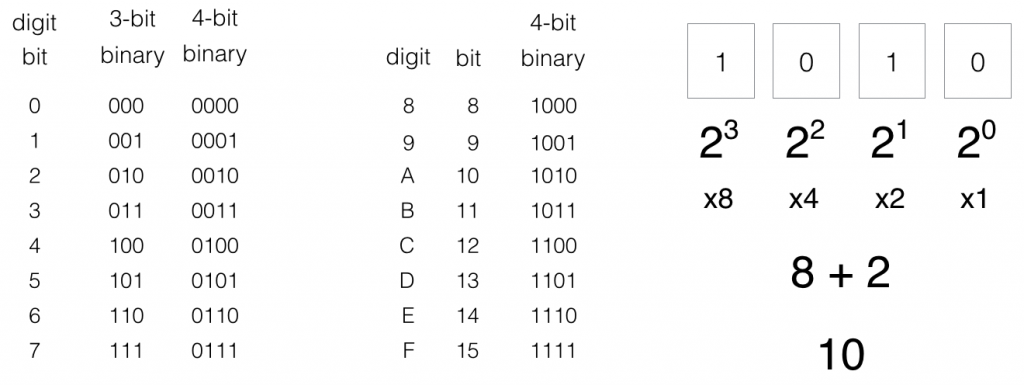
What are the building blocks of our new 16-bit number system? Let’s start with octal.
In octal, we have seven bits which are also the digits 0-7. It uses a grouping of 3-bit binary to represent the digits.
Notice that we’ve used all of the 1s and 0s patterns.
16-bit Conversion:
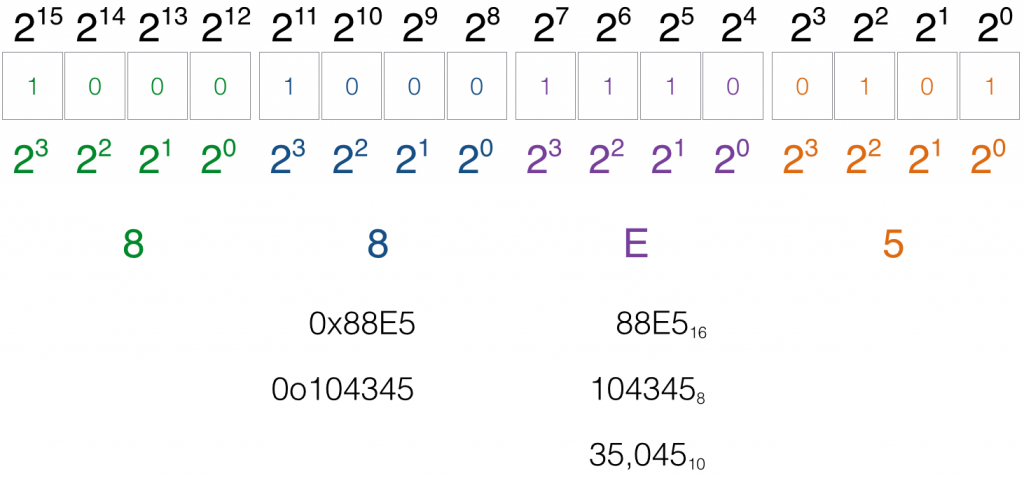
Let’s walk through converting this binary into our new 16-bit number system. We group it by 4 bits, meaning there are 4 digits for a 2-byte binary pattern. Always start at the least significant bit (to the far right.)
The notation of this new number is 0x1445, where the x denotes hex or hexadecimal. The shorthand notation is 145516.
Now compare this new number notation with octal. Do you see how using hex is a better form for larger numbers?
Wondering where you’ll ever use hex?
Color codes are done in hex.
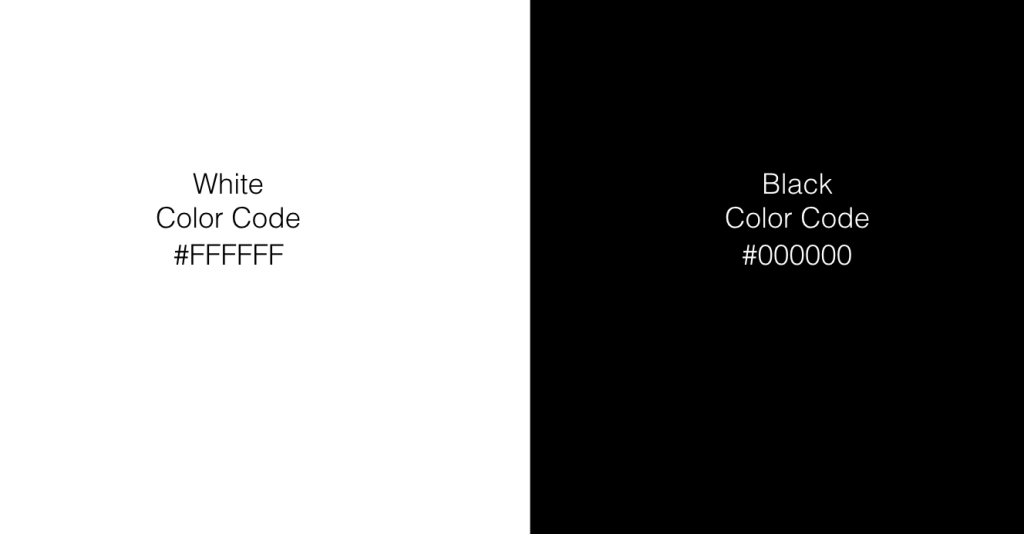
Let’s convert the hex representation for the color “white” into binary, octal, and decimal formats.

Practical uses of Hex
- Color codes
- Error messages
- Bar coding
- Communicating with APIs
Hey... hey you... yes you!... Having a good time? Learning new things? Good!
Episodes
Total Lab Runtime: 02:59:07
- 1 Lab Introductionfree 03:56
- 2 Electronics “on” and “off” Statesfree 12:11
- 3 Symbol to Represent Quantityfree 14:26
- 4 Number System for Statefree 12:44
- 5 Binary – Combining 1s and 0sfree 19:25
- 6 Improving Binary Representationfree 13:45
- 7 The Age of 16 Bit and Hexadecimalfree 15:15
- 8 Binary Additionfree 03:59
- 9 Negative Integer Data Representation - Part 1free 10:06
- 10 Negative Integer Data Representation - Part 2free 18:42
- 11 Real Number Data Representation - Part 1free 17:12
- 12 Real Number Data Representation - Part 2free 10:18
- 13 Textual Data Representationfree 08:47
- 14 Digital Image Data Representationfree 18:21
